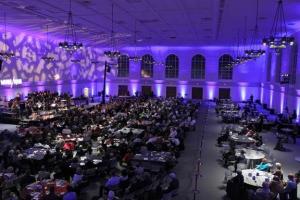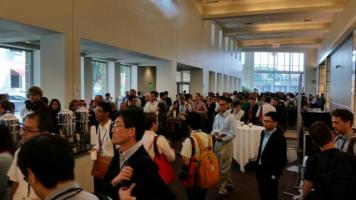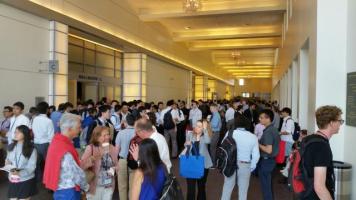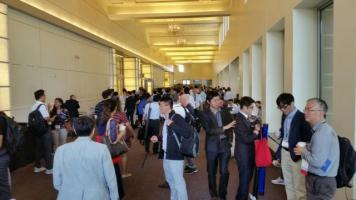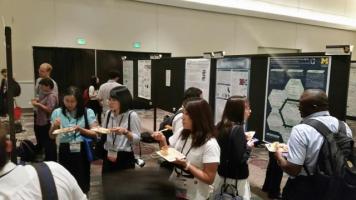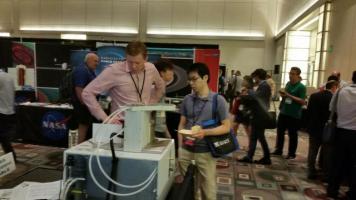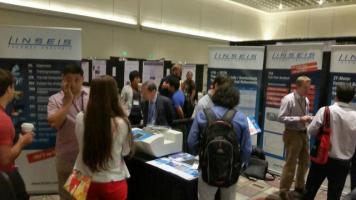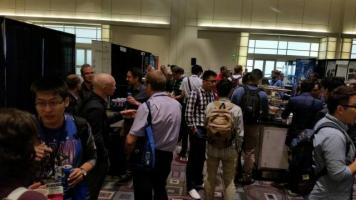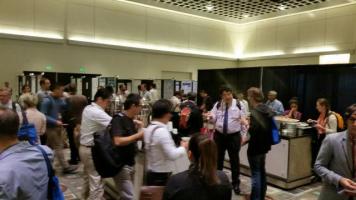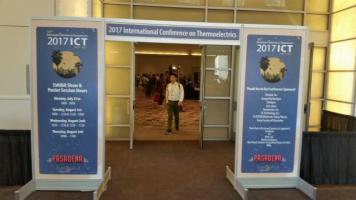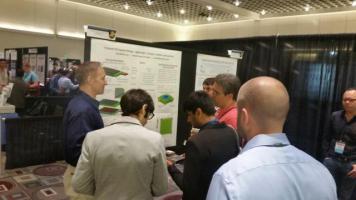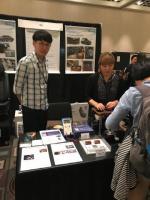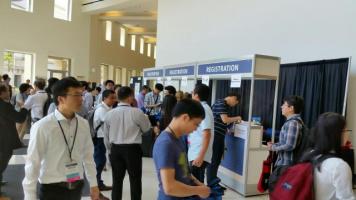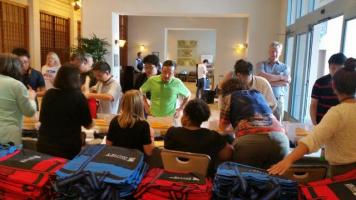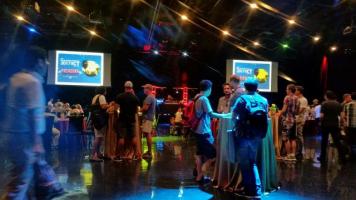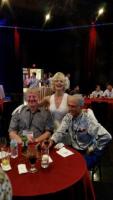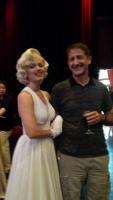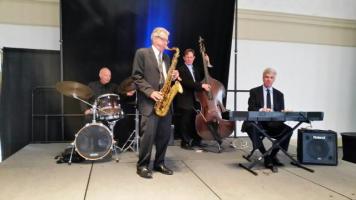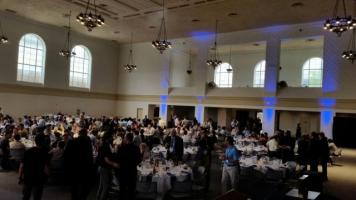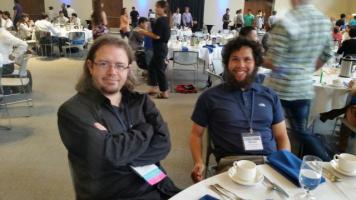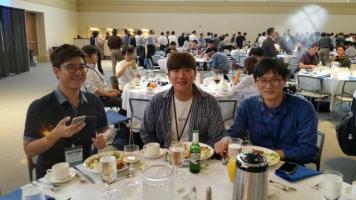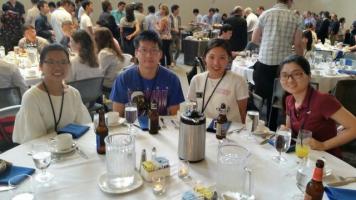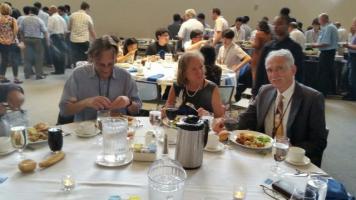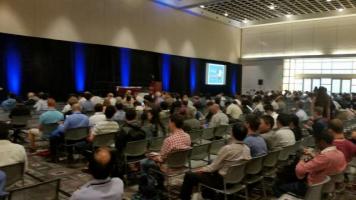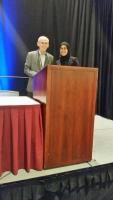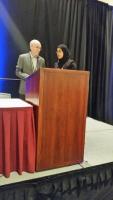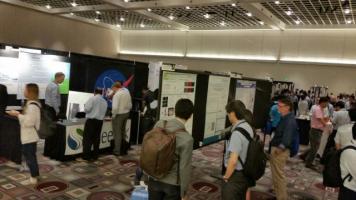Location:
City, State/Prov:
Country:
Contact Name:
Phone:
Details:
Thermoelectric Materials & Phenomena
About 90 percent of the world's useful power (approximately 10 TW) is generated by heat engines that convert heat to electrical or mechanical power, but they also dissipate about ~15 TW of heat to the environment. If even a modest fraction of this low-grade thermal waste can be converted to electricity, the potential impact on energy efficiency could be enormous, leading to savings in fuel and reductions in carbon dioxide emissions.
Thermoelectric energy converters can directly convert heat to electricity using semiconducting materials via the Seebeck effect; they are all solid-state, robust, and have a high power density. Their efficiency depends on the thermoelectric figure of merit (ZT) of the material, which is defined as ZT = S2 T/ r k where S, r, k, and T are the Seebeck coefficient, electrical resistivity, thermal conductivity, and absolute temperature, respectively. Thermoelectric technology is scalable to various power levels such as those encountered in automotive exhaust heat recovery and residential distributed solar-thermal electrical generators. In these applications, it can become competitive with current technologies provided one can develop materials with ZT > 1.5 at the appropriate temperatures; higher ZT values would open many more applications. Although there is no fundamental upper limit to ZT, over the last 50 years the ZT of commercially available materials has increased only marginally, from about 0.6 to 1, resulting in performance less than 10 percent of the Carnot limit. However, recent research results have used various strategies to enhance ZT by reducing the phonon k and/or enhancing the electron power factor (S2/ r).
The goal of this session is to bring together scientists and engineers working on both bulk and nanostructured thermoelectric materials to examine the approaches and infuse cross-disciplinary themes for increasing ZT towards improved energy efficiency. Topics will range broadly from the very fundamental (e.g. Dirac electrons) to the more applied (e.g. physics of thermal interfaces for improved devices incorporating the high ZT materials).
Topics of particular interest include, but are not limited to:
- Fundamental understanding of the thermoelectric effects themselves, such as the thermoelectric properties of Dirac electrons, etc.
- Thermal conductivity reduction by engineered anharmonicity or nanoscale boundary scattering in bulk materials and thin-films.
- Power factor enhancements using electron energy filtering or density-of-states engineering in bulk or nanostructured semiconductors.
- Thermoelectric materials for energy efficiency: device physics, thermal interface physics, and applications.
Organizers:
Chris Dames
Department of Mechanical Engineering
University of California, Riverside
Riverside CA 92521
Phone: (951) 827-2354
Email: cdames@engr.ucr.edu
Joseph Heremans
Department of Mechanical Engineering
Columbus, OH 43210
Phone: (614) 247-8869
Email: heremans.1@osu.edu
Rama Venkatasubramanian
Center for Solid State Energetics
RTI International
Research Triangle Park, NC 27709
Phone: (919) 541-6889
Email: rama@rti.org
